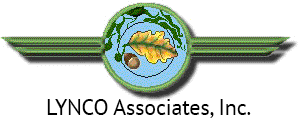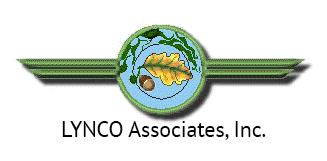What is Your Strategy?

What is your strategy? Not everyone knows that a strategy is how you accomplish things. There are intentional strategies and passive strategies. My puppy follows her nose when we go outside. Her goal is to get all the p-mail. And her vision is to find out what is happening around the neighborhood, who the dogs are and how they all feel. Dogs have incredible smell systems, much more effective that those of the human. This is a pretty passive strategy; she would literally wander around following her nose for hours.
My horse has his own strategy— that of avoiding all things that could eat him. So I have to learn what he thinks is scary and make sure that he ia brave enough to get near it. Right now, he does not like pink strollers on the pathway. That is a very scary obstacle! It creates a conflict. From my perspective he refusing to go forward. He sees it all differently. He is a prey animal. He thinks that everything new is out to get him! So his suspicion and potential flight response is very keen.
People have go along to get along strategies, and defiant, you can’t make me strategies! Of course these tend to be unconscious strategies rather than intentional. The object of strategic thinking is to make our strategies intentional and to deliberately identify where we want to be and then devise a strategy for how to get there.
THE CREEK METAPHOR
The creek could be a metaphor for how this strategy works in nature. The creek starts off as a trickle high in the mountains. It starts by following the path of least resistance as it pushes its way down the hill, around little barrios, and over the rocks. There are occasions where the ground and the path of the creek create resistance to the goal. In the top picture the creek is headed down stream unencumbered by the little variations in the terrain. However, in the picture to the right, the creek has encountered a fairly flat area with many rocks and boulders. It has stalled.
Until the creek is joined by more and more water, it may not be able to get past this flat area and it will either wait until it is strong enough to overcome the inertia of the flat depression, or it 2 might veer off to another direction where it can cut a new path. Then of course, when the creek builds up enough water pressure and it can respond to gravity, it will roar down over the rocks and boulders and create incredible waterfalls, and angry rapids! It is still on its way to the ocean!

Until the creek is joined by more and more water, it may not be able to get past this flat area and it will either wait until it is strong enough to overcome the inertia of the flat depression, or it might veer off to another direction where it can cut a new path. Then of course, when the creek builds up enough water pressure and it can respond to gravity, it will roar down over the rocks and boulders and create incredible waterfalls, and angry rapids! It is still on its way to the ocean!
What does the strategy of the creek suggest about your own approach to creating and implementing your strategy? How you respond to obstacles and opportunities along the way to your goal? Actually, this creek is a particular description of a strategic path that includes a great deal of conflict. It is interesting that we don’t think of strategic planning in the organization as a method of dealing with conflict! Nor do we think about having a strategy for our lives and careers as an opportunity to address conflict and use it as momentum or friction to keep us on the path to the goal!

PRINCIPLES ABOUT CONFLICT
Here are some principles about conflict that could be helpful for this strategic pathway:
- Conflict creates clarity
- Conflict is an attitude (leaning towards or away from some force)
- Conflict creates opportunities
- Changing your thinking can change the way you experience conflict
- Conflict happens when goals, values, or interests are threatened
- Conflict can be created by others who want to obstruct your progress.
- Conflict can come from internalizing words from authority figures or family members
- Conflict can be mitigated by defining and anticipating milestones
- Conflict will happen when you least expect it
Each one of these principles could be used to identify specific aspects of your own strategy that need to be developed. They can encourage you to explore areas where you need to strengthen your emotional, mental, spiritual and physical capacity to deal with the trickles, ponds, and rapids along the way to your own goal!



